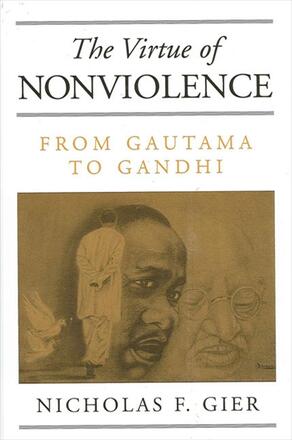
The Virtue of Nonviolence
From Gautama to Gandhi
A study in comparative virtue ethics.
Description
Virtue ethics has been a major focus in contemporary moral philosophy since the publication of Alasdair MacIntyre's book After Virtue. Here, in The Virtue of Nonviolence, Nicholas F. Gier argues that virtue ethics is the best option for constructive postmodern philosophy and that Gandhi's own thought is best viewed in light of this tradition. He supports this position by formulating Gandhi's ethics of nonviolence as a virtue ethics, giving a Buddhist interpretation of Gandhi's philosophy, and presenting Gandhi as a constructive postmodern thinker. Also included is an assessment of the saints of nonviolence—Buddha, Christ, King, and Gandhi—and a charismatic theory of the nature of the saints.
Nicholas F. Gier is Professor of Philosophy and Coordinator of Religious Studies at the University of Idaho. He is the author of God, Reason, and the Evangelicals, and the SUNY Press publications Wittgenstein and Phenomenology: A Comparative Study of the Later Wittgenstein, Husserl, Heidegger, and Merleau-Ponty and Spiritual Titanism: Indian, Chinese, and Western Perspectives.